
featured artist
James Hayman
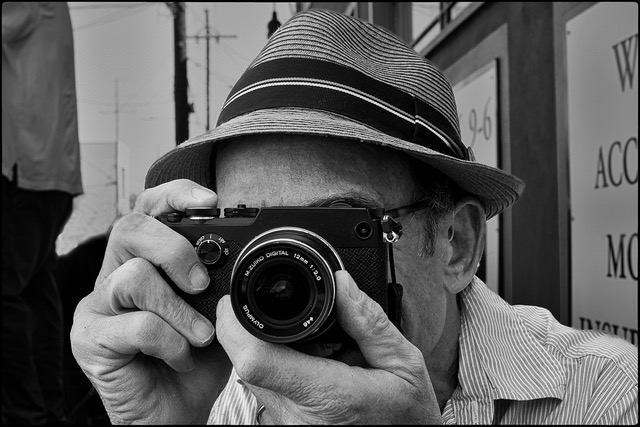 I’ve always been a visual storyteller, interested in other people’s stories. When I first picked up a camera, I believed being a photographer meant staying hidden behind the camera, solely as an observer. As I’ve grown as an artist, I’ve since realized that it doesn't need to end there, it can be so much more.
Photography is an interactive experience, an exchange between listener and storyteller. My photography aims to document these moments of exchange and is deeply rooted in the world communities I find myself drawn toward. And while these photographs might capture such specific moments, I also believe they transcend time and place. They negotiate between the ephemera of the moment and the timeless nature of the photograph.
No matter where I might be, or who I might be speaking with, the construction of narrative is what ultimately leads to a lasting image: a totality of human experience suspended within a single frame.
I’ve always been a visual storyteller, interested in other people’s stories. When I first picked up a camera, I believed being a photographer meant staying hidden behind the camera, solely as an observer. As I’ve grown as an artist, I’ve since realized that it doesn't need to end there, it can be so much more.
Photography is an interactive experience, an exchange between listener and storyteller. My photography aims to document these moments of exchange and is deeply rooted in the world communities I find myself drawn toward. And while these photographs might capture such specific moments, I also believe they transcend time and place. They negotiate between the ephemera of the moment and the timeless nature of the photograph.
No matter where I might be, or who I might be speaking with, the construction of narrative is what ultimately leads to a lasting image: a totality of human experience suspended within a single frame.
What do you see in your work that others don’t?
What I see in an image that hopefully others will not is the amount of work taken to create the image. In other words, what went on behind the curtain, or literally behind the camera. Rather than noticing any of the process, I hope the viewer sees only the immediate emotional purity of the image, allowing them to respond to the captured moment not only cerebrally but emotionally. To connect them to the subject directly without filters.
How did you develop your creative skill?
I like to think I’ve developed my skills through years of repetition. I do believe I am wired with an innate ability to see moments that will resonate if captured and frozen. But the process necessary to actually capture those moments—both mechanical, as in f/stops, composition, shadow versus light, and interpersonally, as in capturing a subject surreptitiously or engaging in a dialogue to produce a different moment—all of this requires practice. Similar to playing a musical instrument, operating a camera and interacting with subjects requires constant repetition and practice to achieve one's goals.
How has your style changed overtime?
When I first started working in the arena of street photography, I thought it important to be invisible, to disappear into the shadows and capture moments surreptitiously. This worked for quite a long time as I traveled the world photographing. Then, about 8 years ago, I moved to New Orleans to produce a television show. What I found is that there is a certain openness in the American South: people like to talk and interact. I found myself engaging directly with my subjects and this produced a very different set of captured moments, in which the photographer and subject are actually having a visual dialogue. I think of this process as “two-way street photography.” And then as I re-visited my archives, I realized that in fact I have been using both approaches for quite a long time. Making that decision in the midst of a moment keeps me present and in touch with the world around me and defines my interpretation of that moment.
What's the most interesting thing about you that we wouldn't learn from your work alone?
Most interesting is a hard question. Of interest would be the importance of making art with a purpose, and placing family above all else. Also my love of music, art, culture, and laughter. I tell a pretty good joke.
What aspects of your work do you find the most fulfilling?
When I succeed in making what I’ve called “art with purpose.” This process involves making people see various socio-economic inequalities but not stopping there. It requires getting those people to address those situations, to work at making the world a better place. That gives my work meaning.
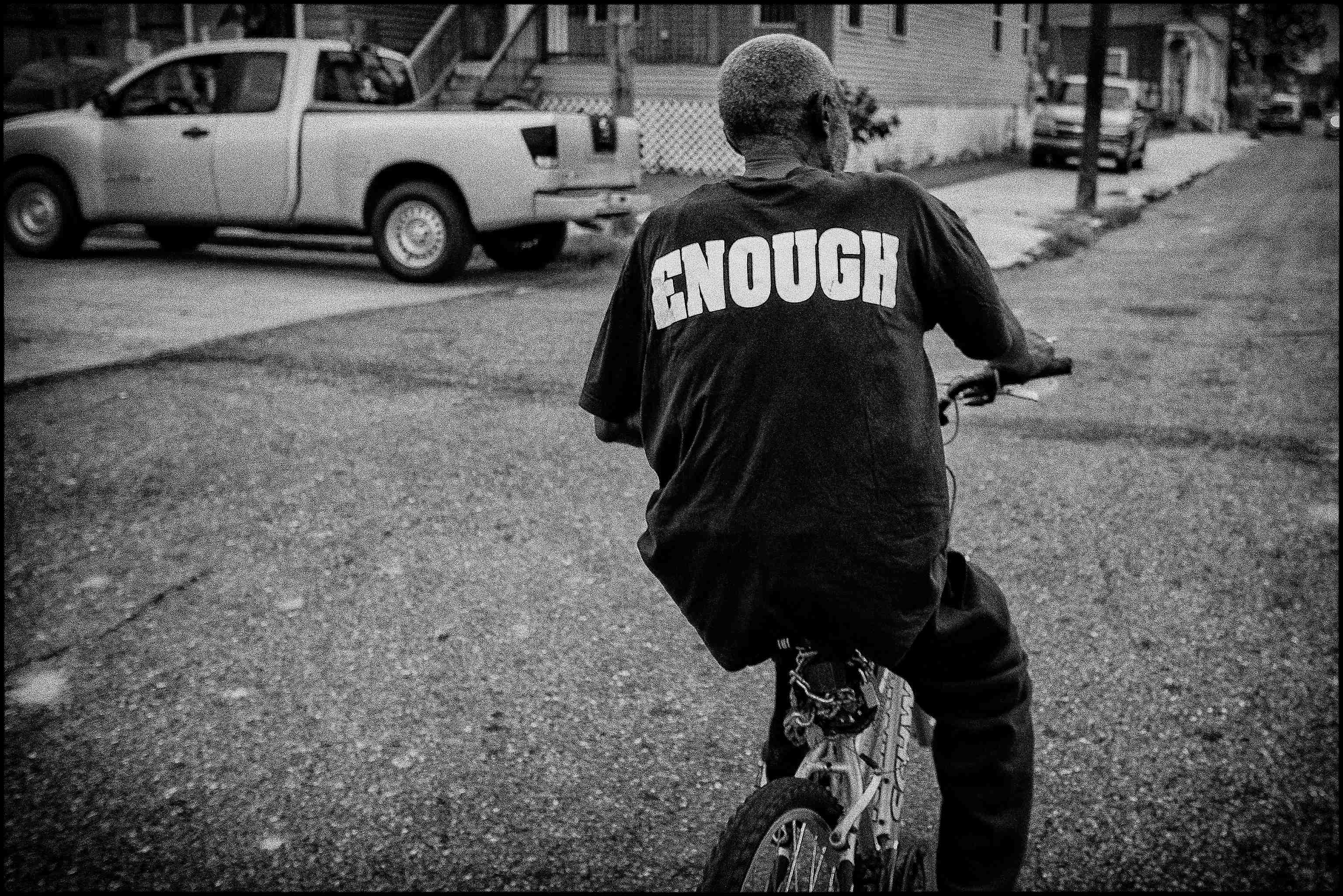 New Orleans
New Orleans
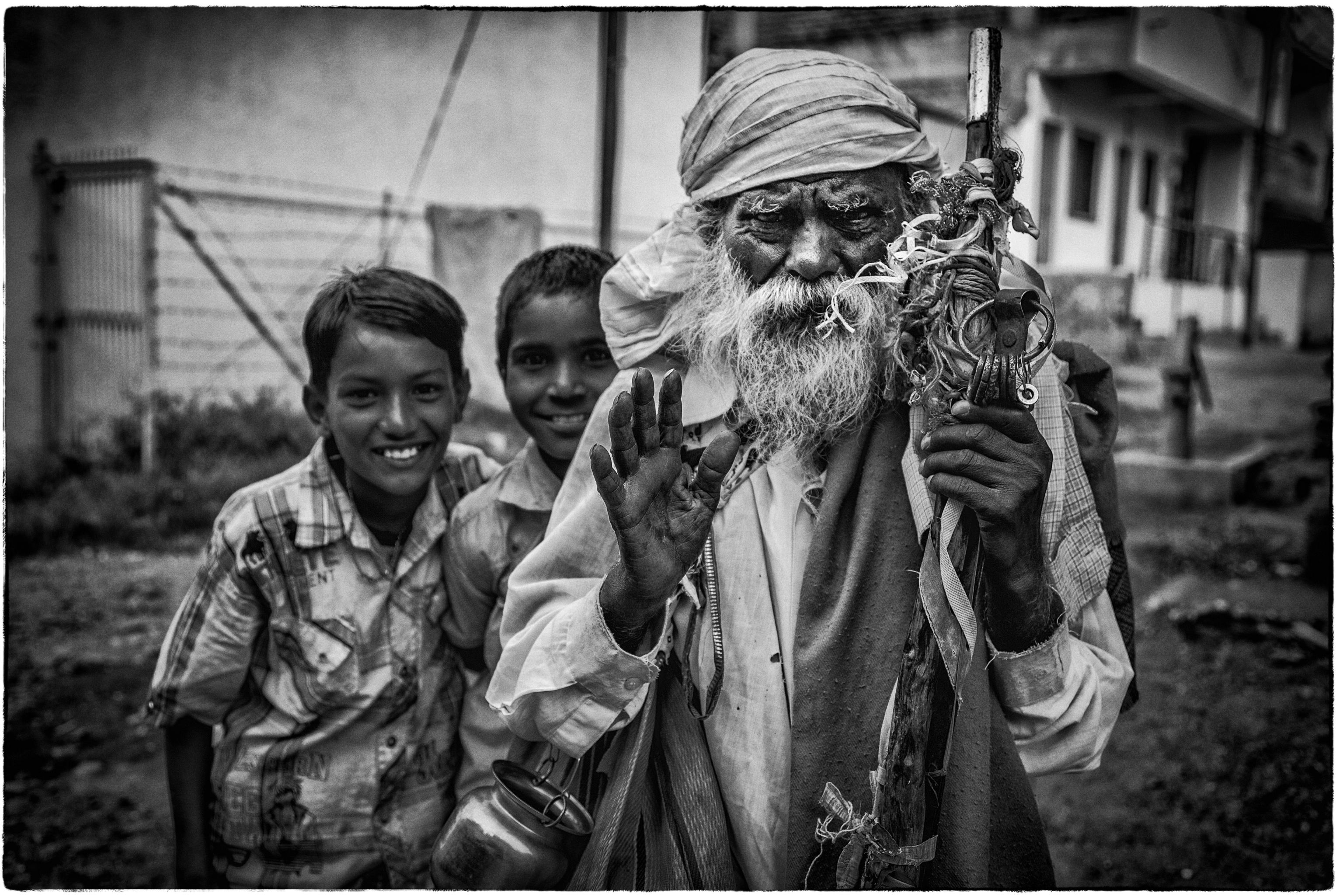 Pune, Maharashtra, India, 2012
Pune, Maharashtra, India, 2012
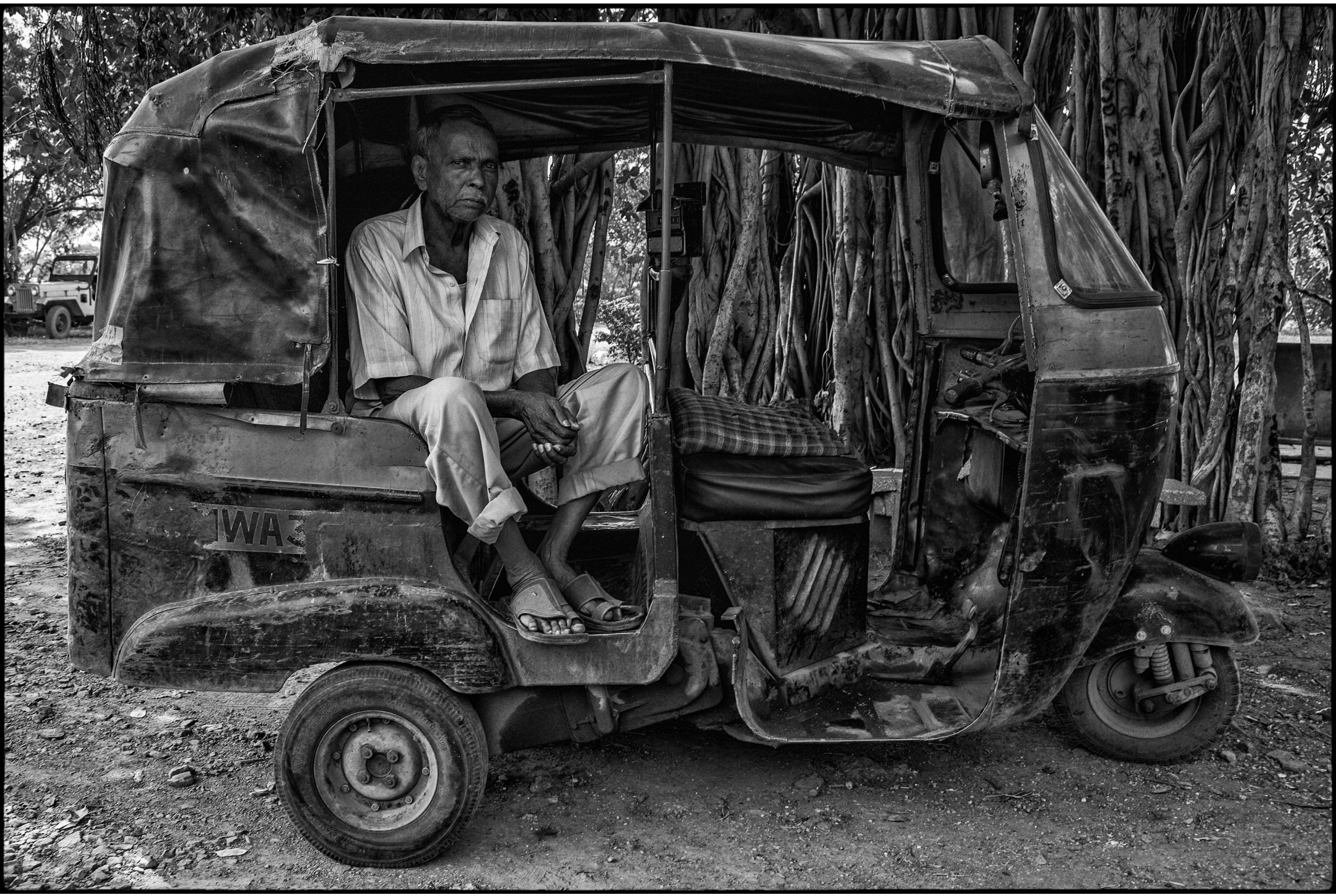 Meherabad,Ahmednagar,India,2012
Meherabad,Ahmednagar,India,2012
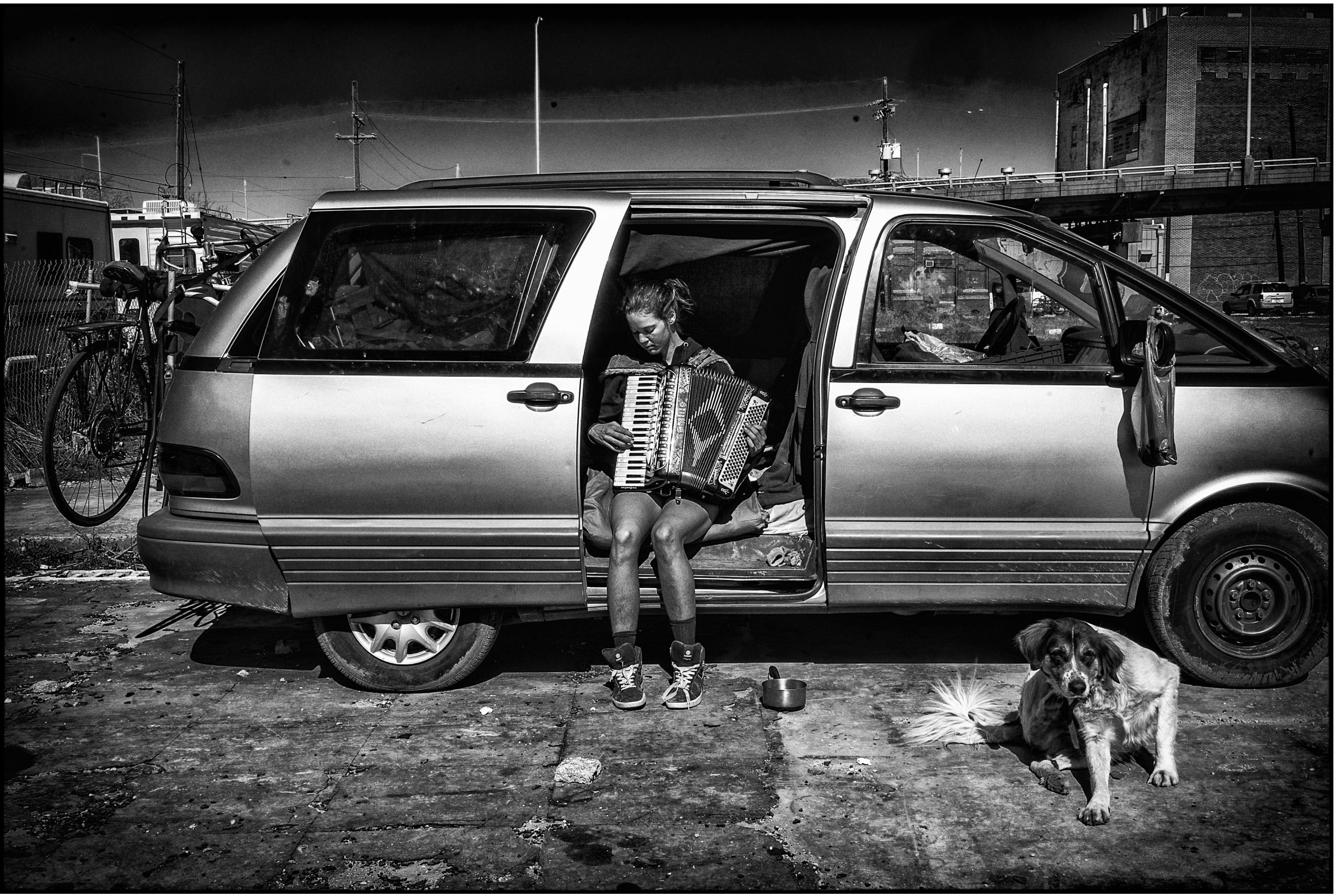 New Orleans
New Orleans
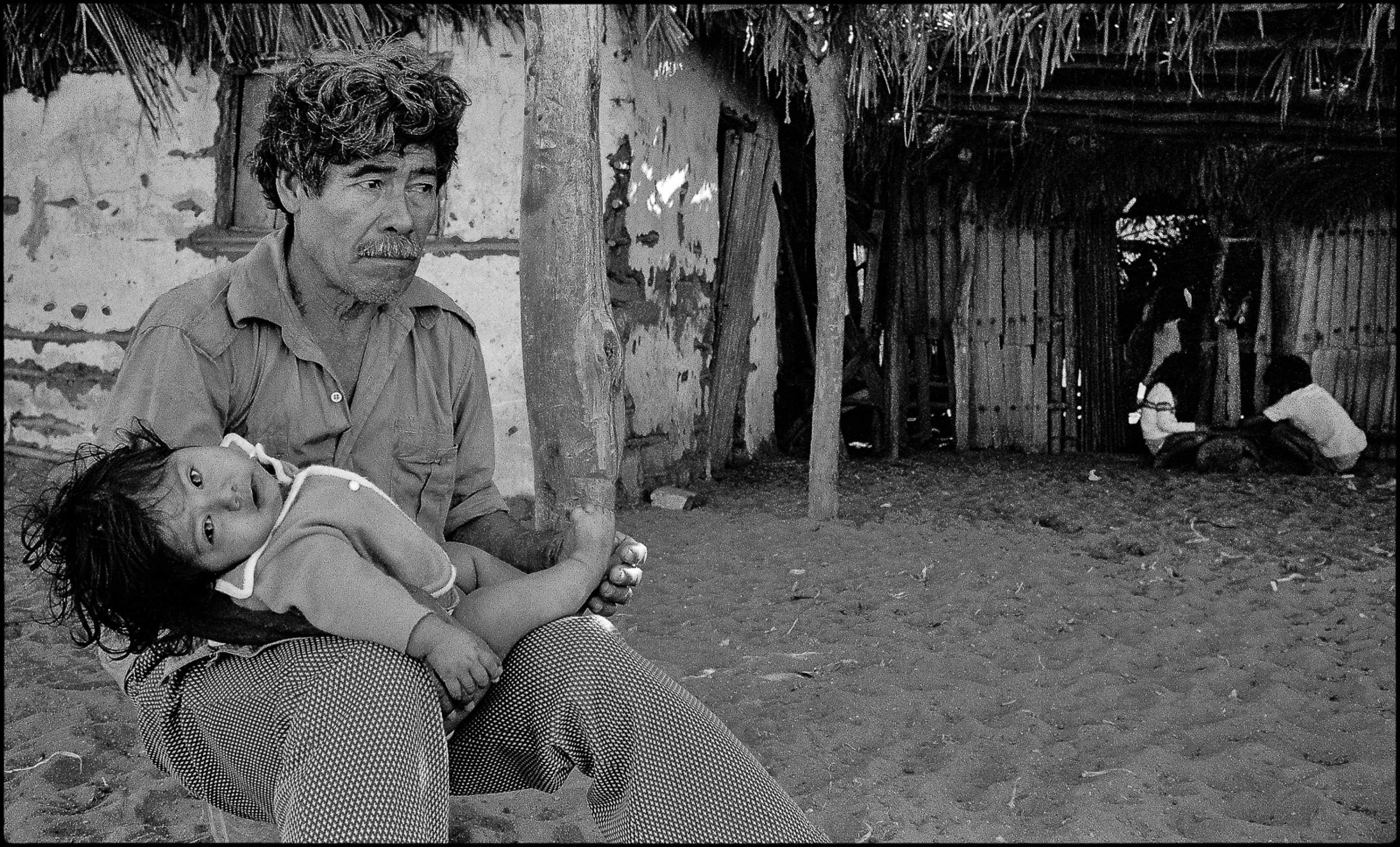 Bufrano Garcia, Zipolete, Mexico, 1976
Bufrano Garcia, Zipolete, Mexico, 1976
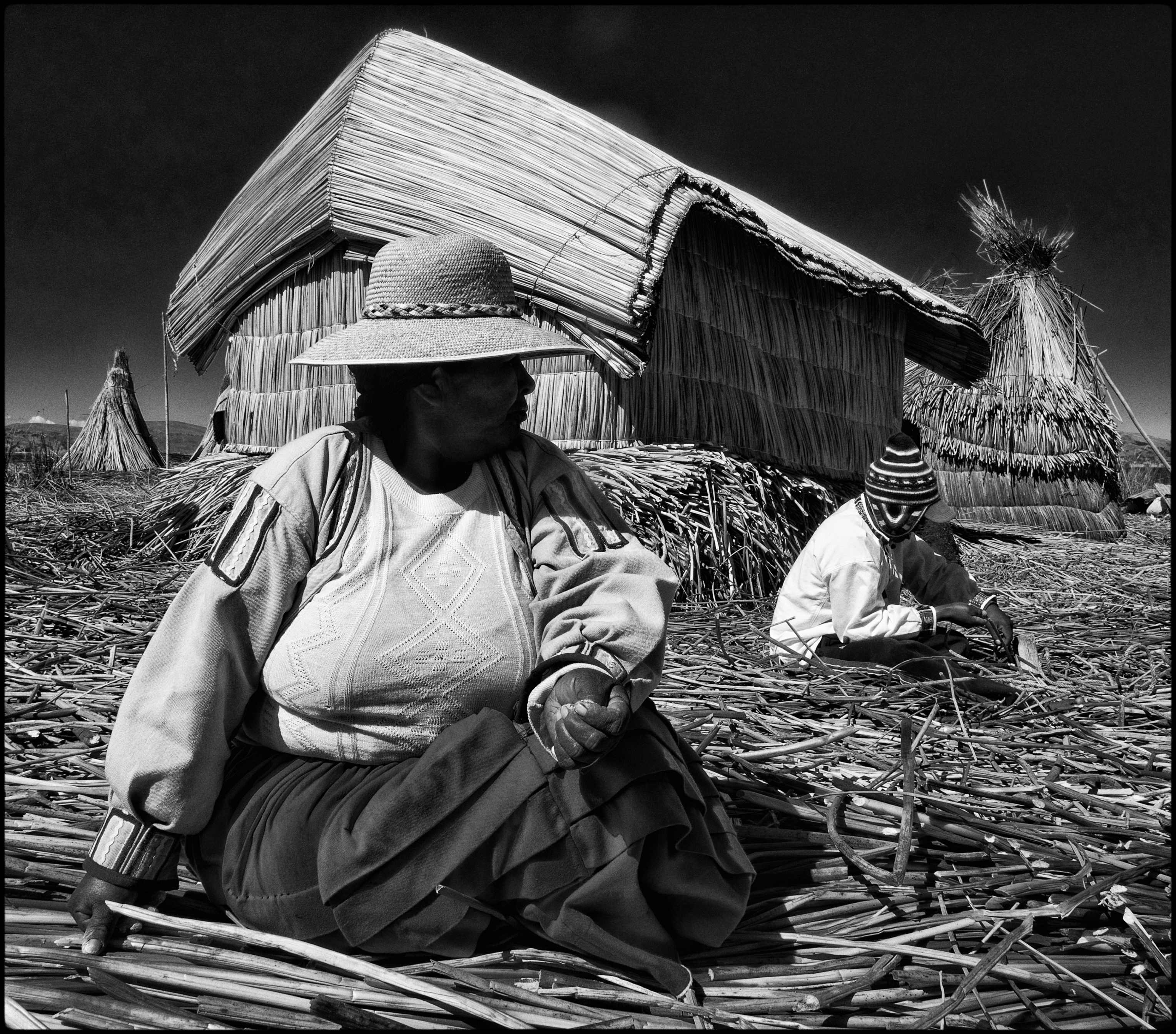 Peru
Peru
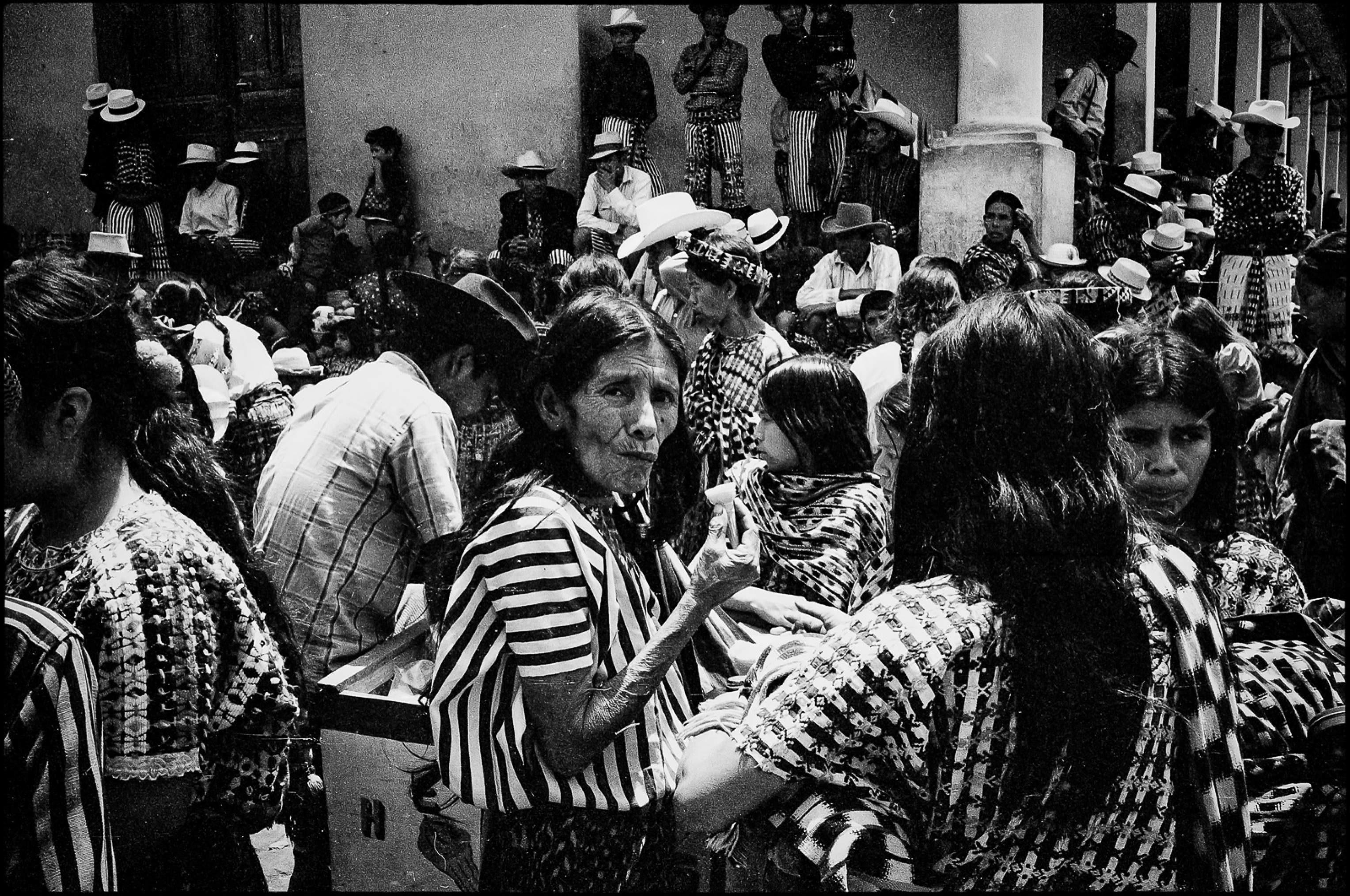 San Fransisco El Alto, Guatemala, 1976
San Fransisco El Alto, Guatemala, 1976
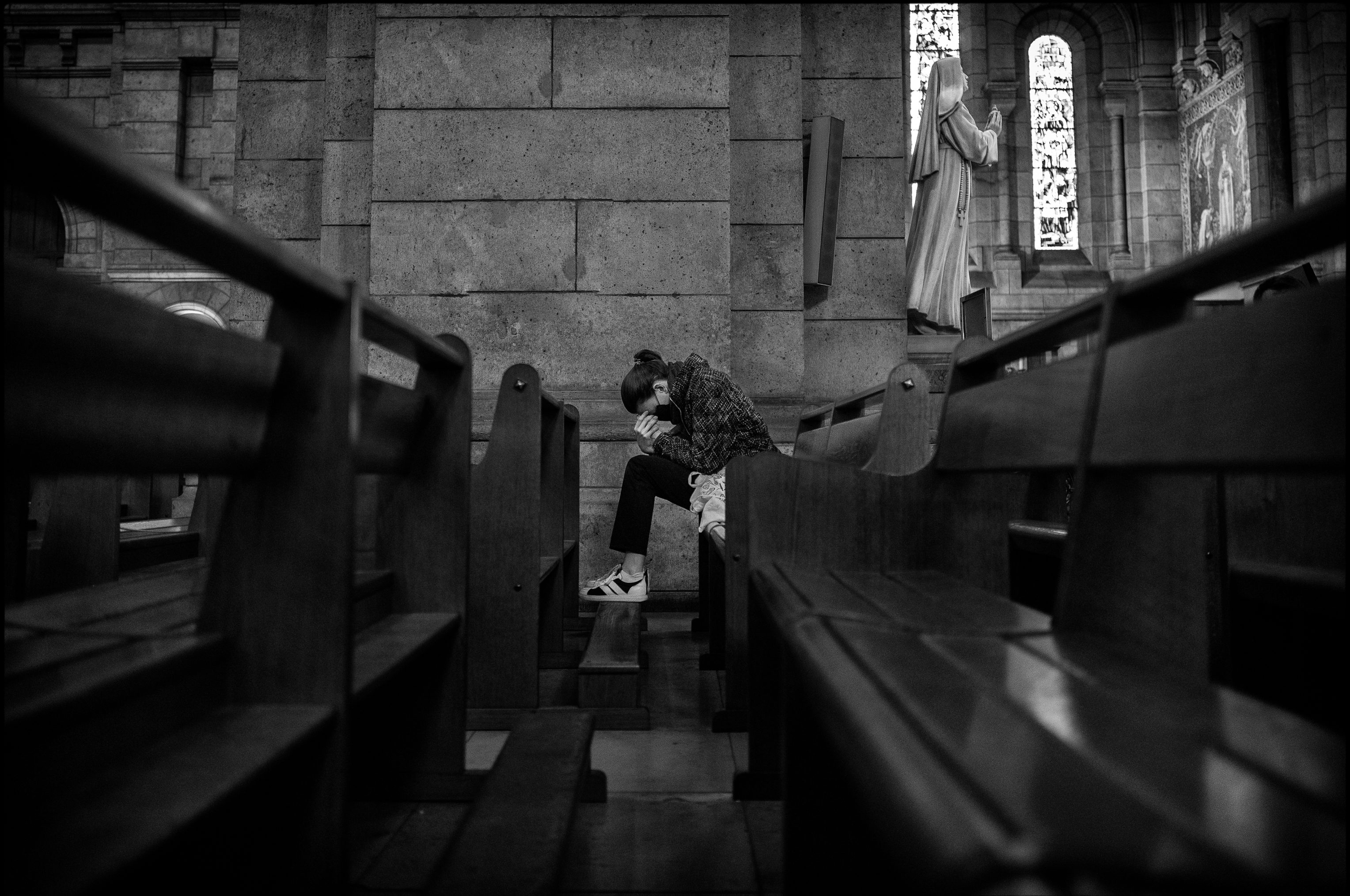 Prayer, Paris, 2022
Prayer, Paris, 2022
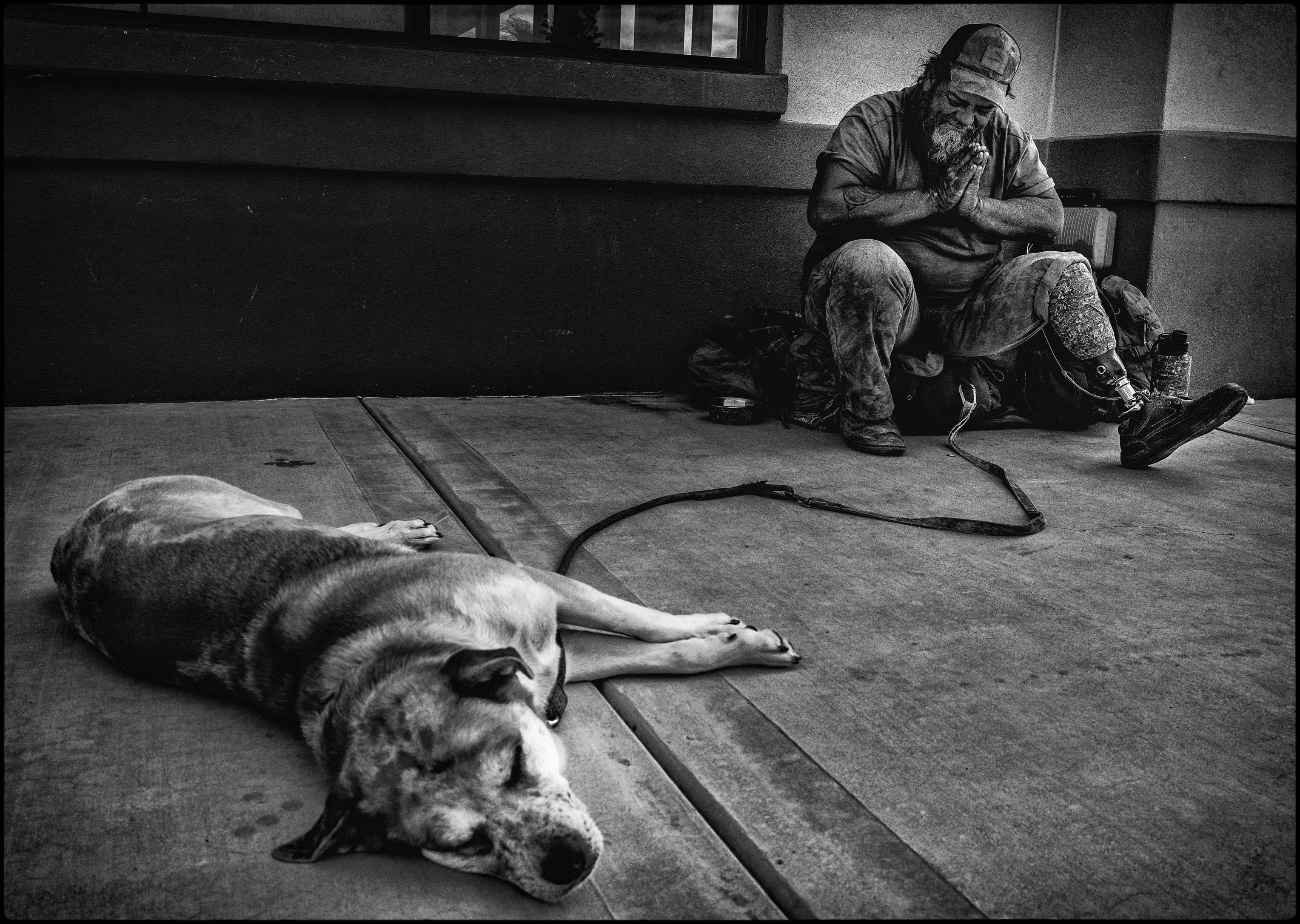 Kenai, Quartzsite, AZ, 2020
Kenai, Quartzsite, AZ, 2020
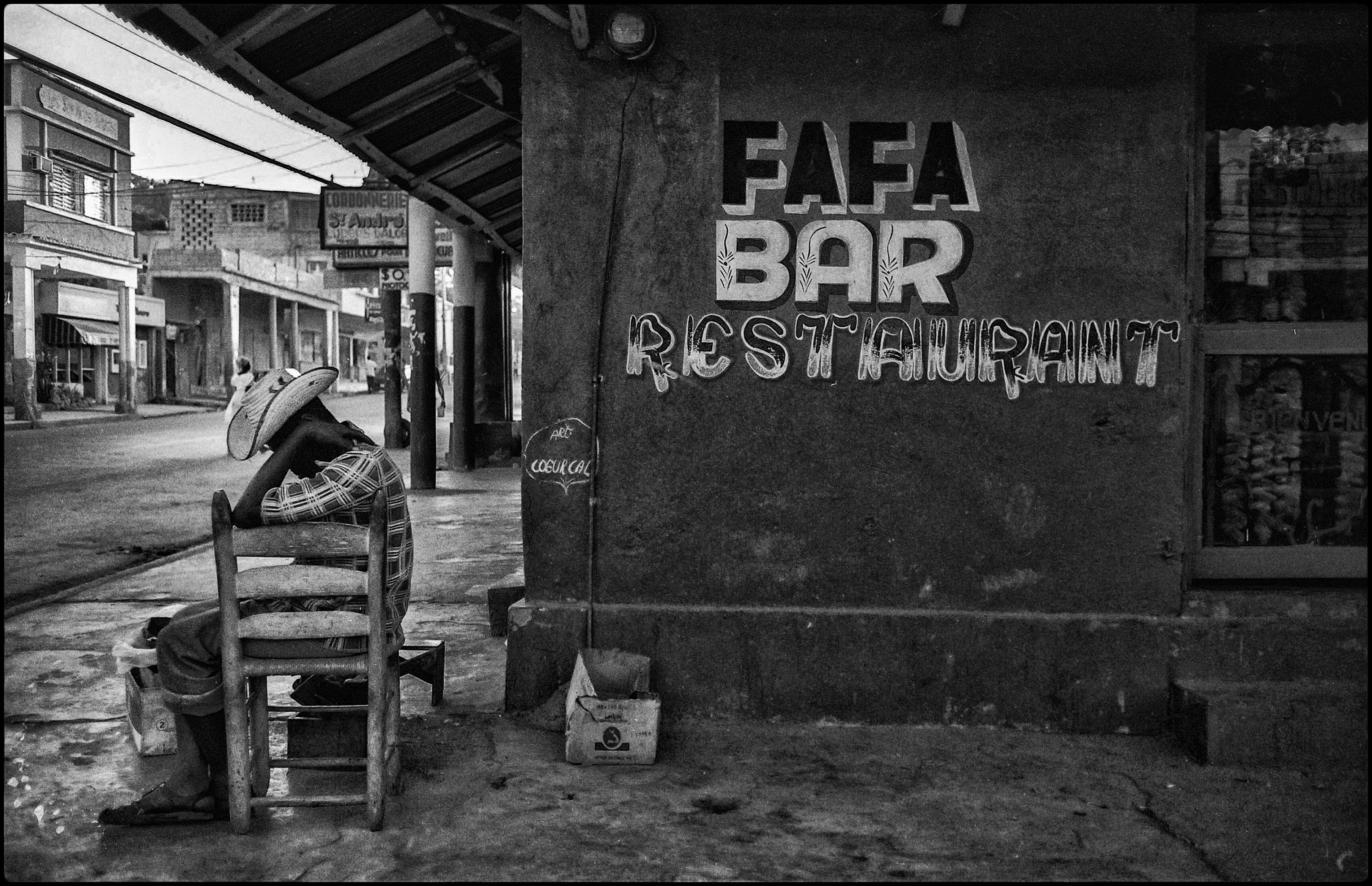 Fafa, Port Au Prince,Haiti,1987
Fafa, Port Au Prince,Haiti,1987
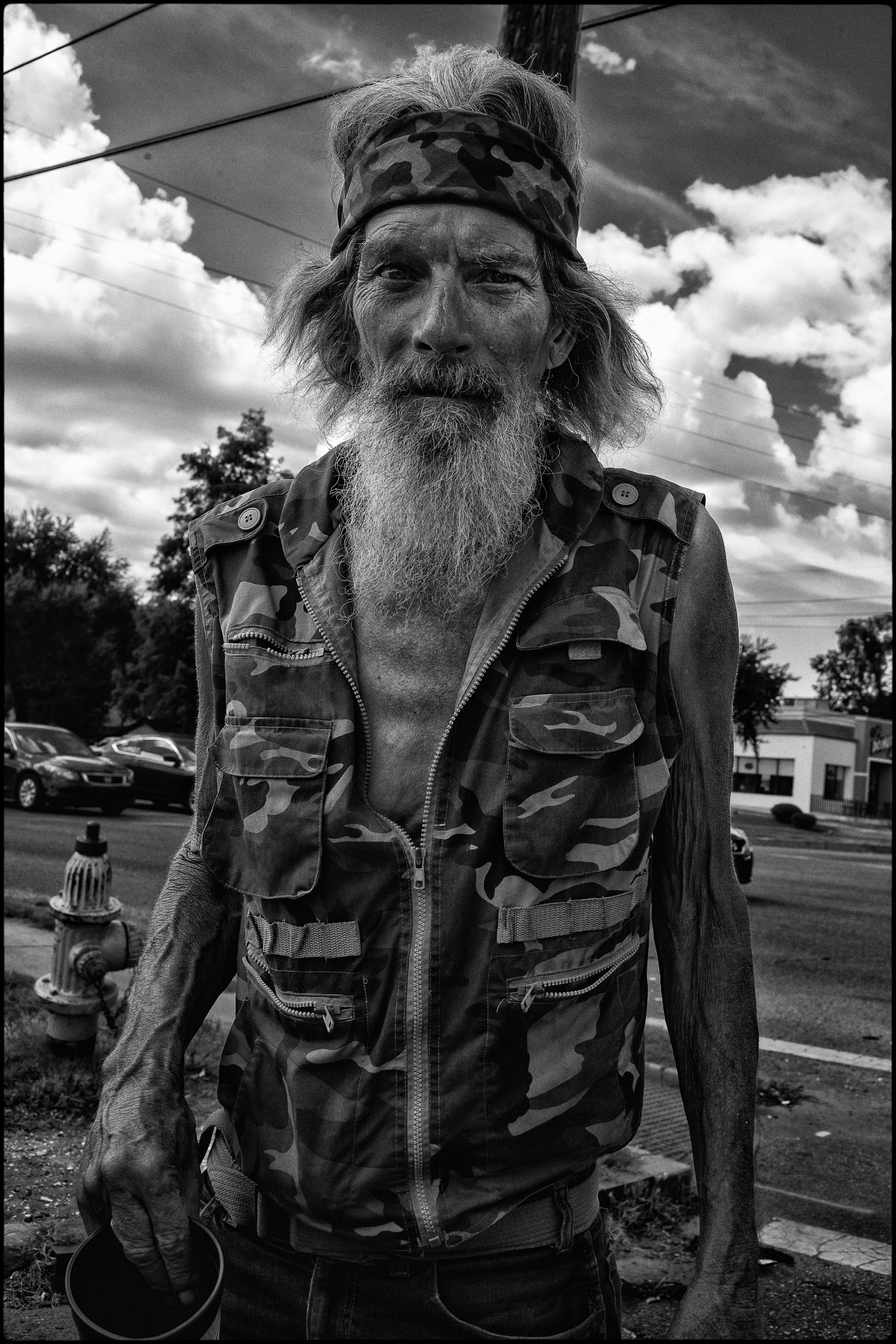 New Orleans
New Orleans
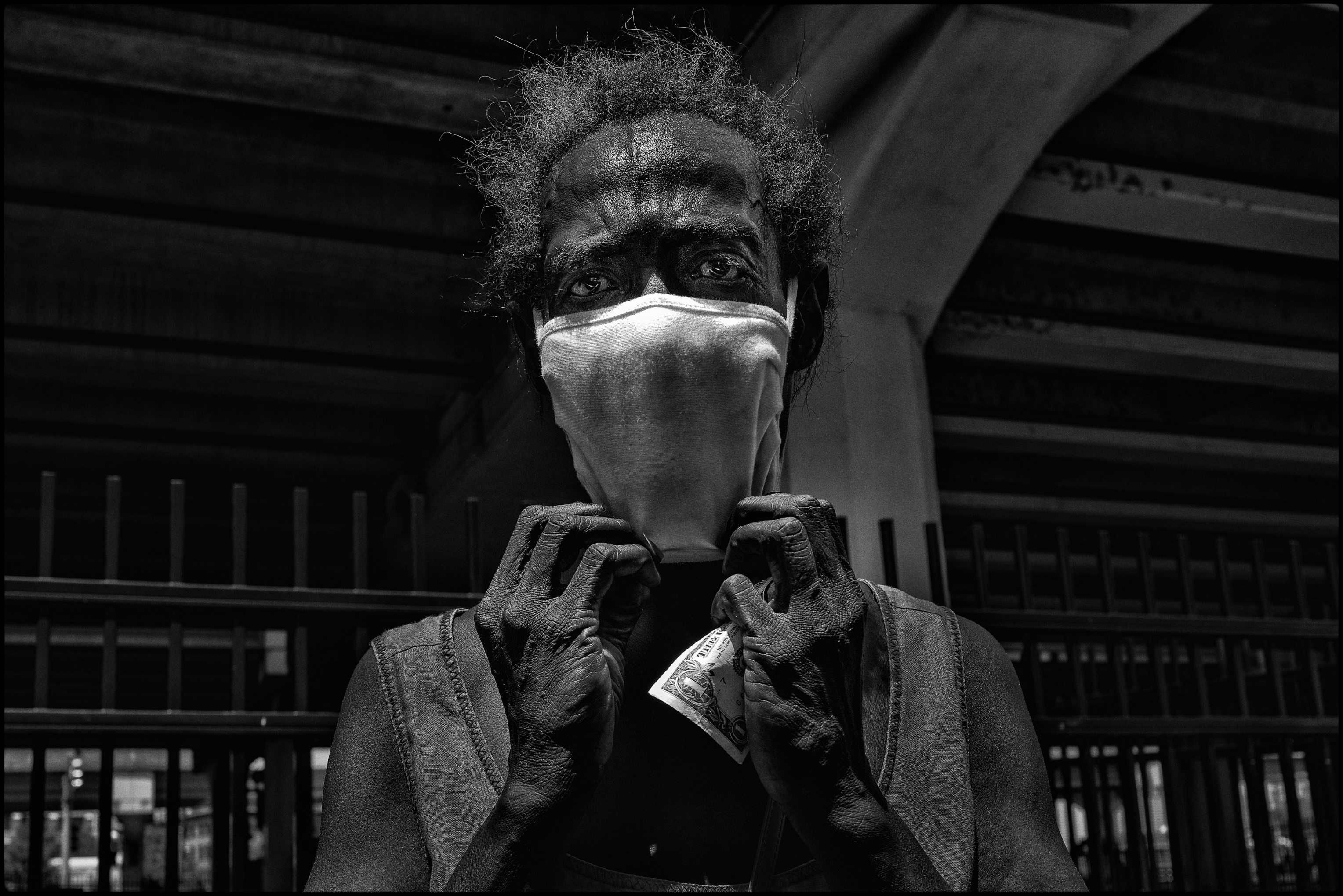 New Orleans
New Orleans
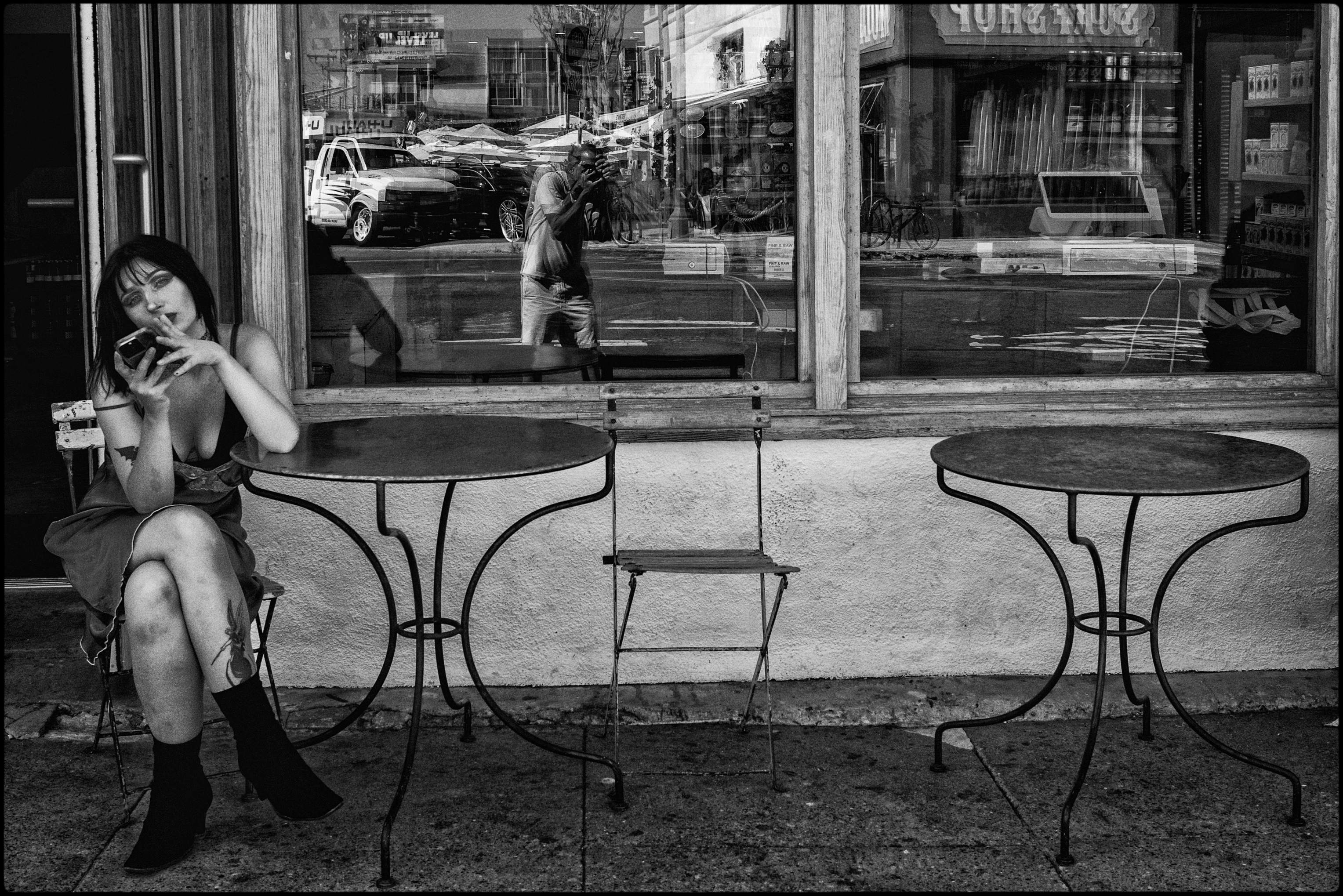 Angel Tat, Los Angeles, 2022
Angel Tat, Los Angeles, 2022
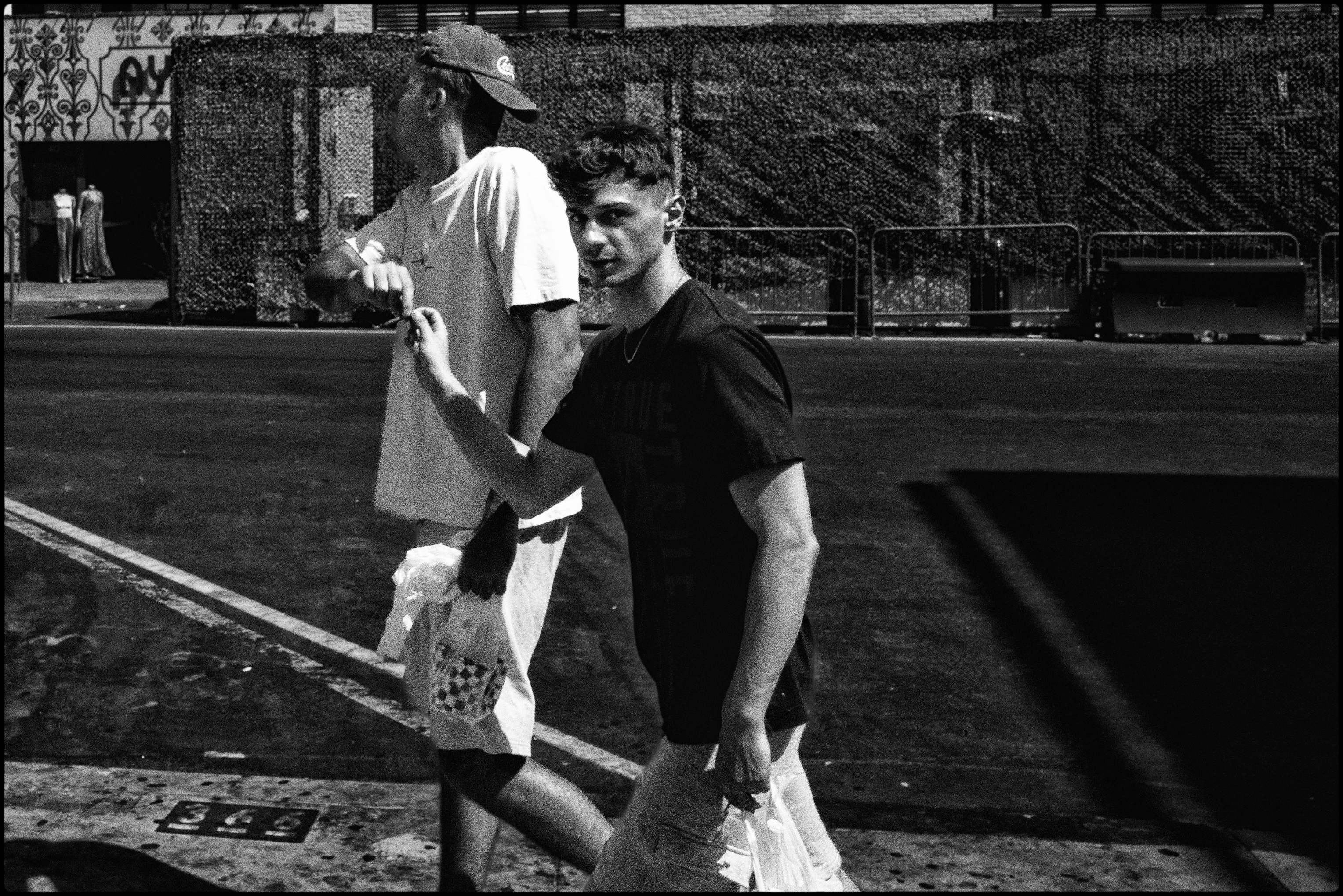 Venice Beach, Los Angeles, 2022
Venice Beach, Los Angeles, 2022
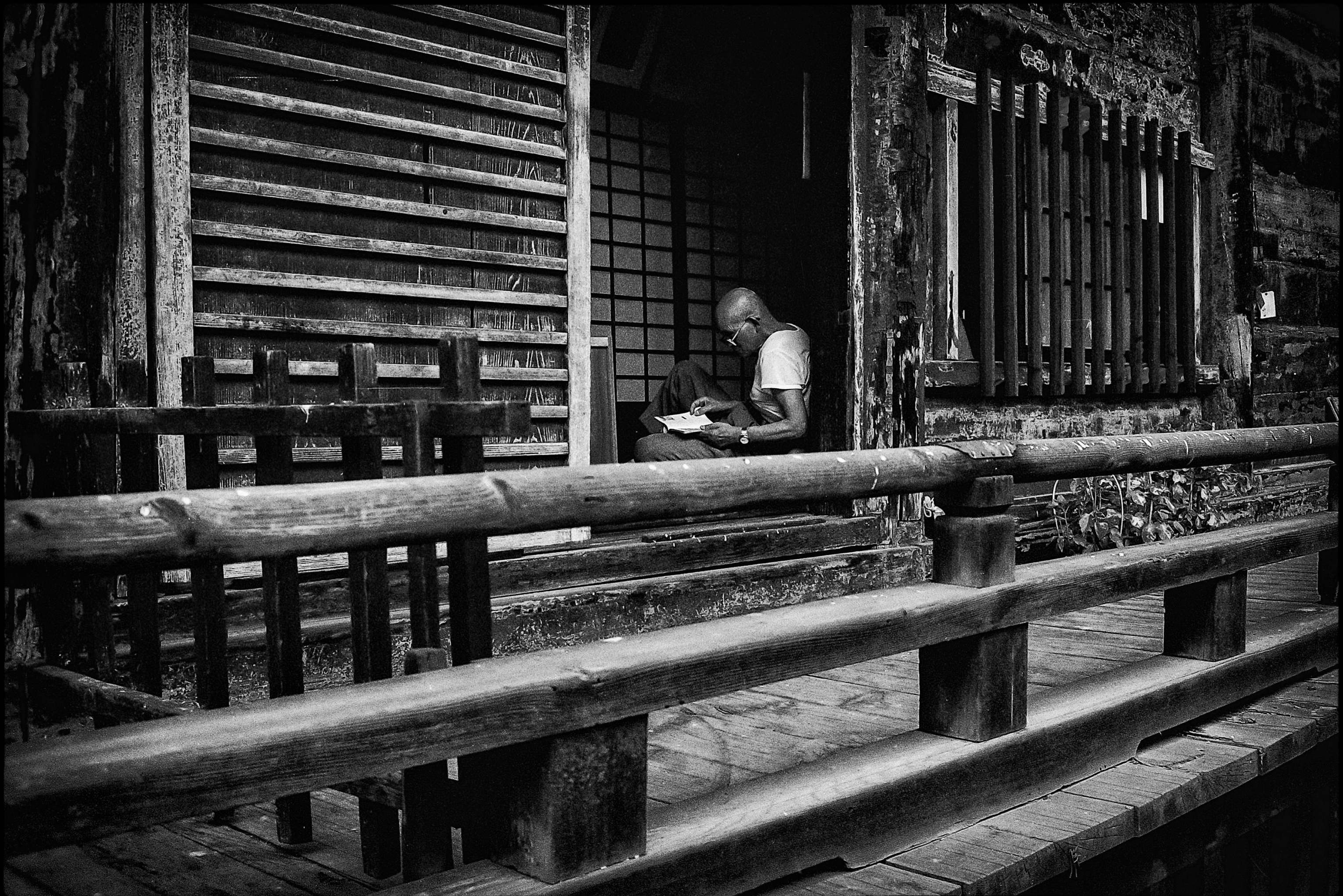 Poet, Hangzhou,China,1988
Poet, Hangzhou,China,1988
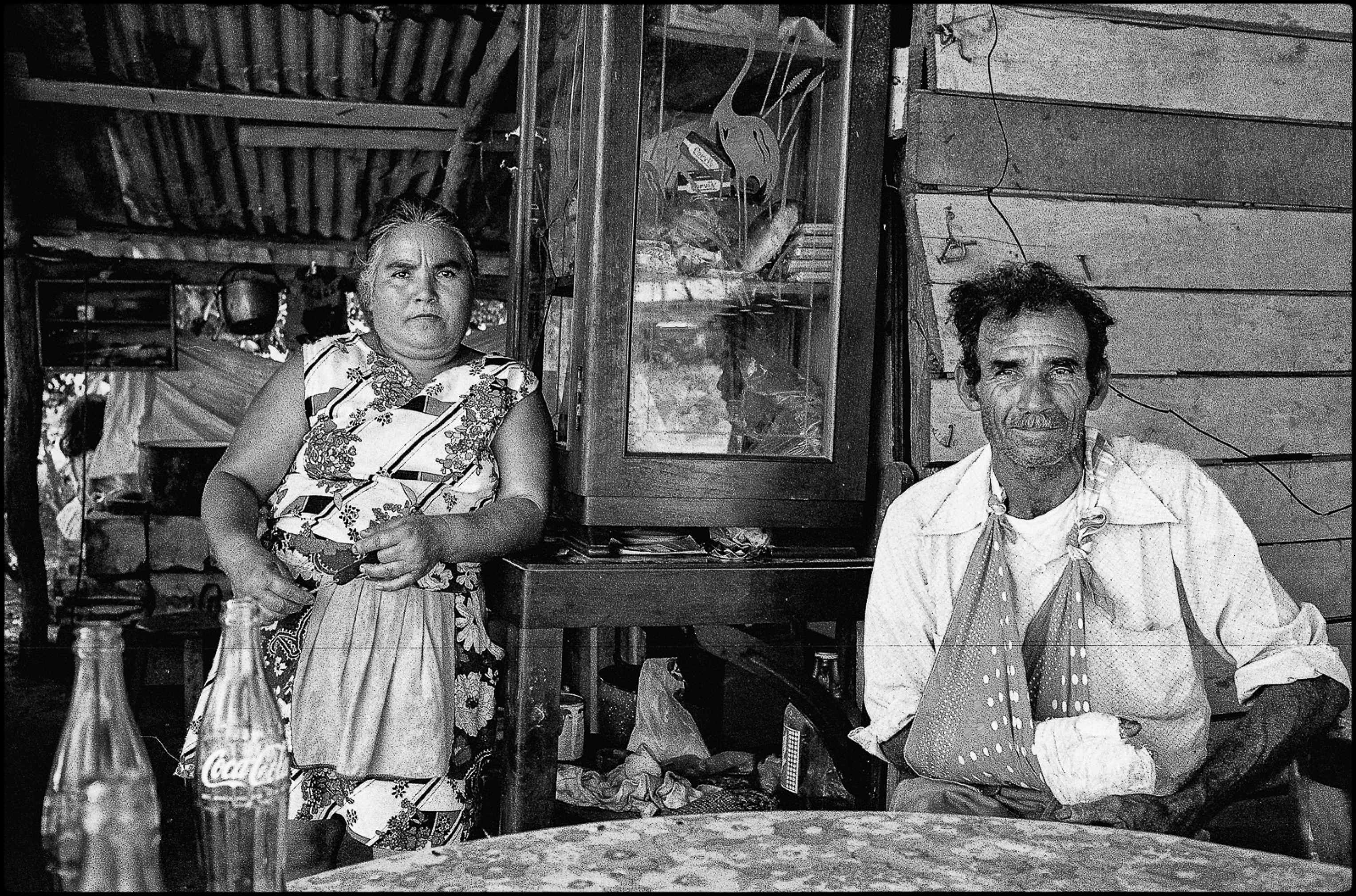 Mountain Stop, Mexico, 1976
Mountain Stop, Mexico, 1976
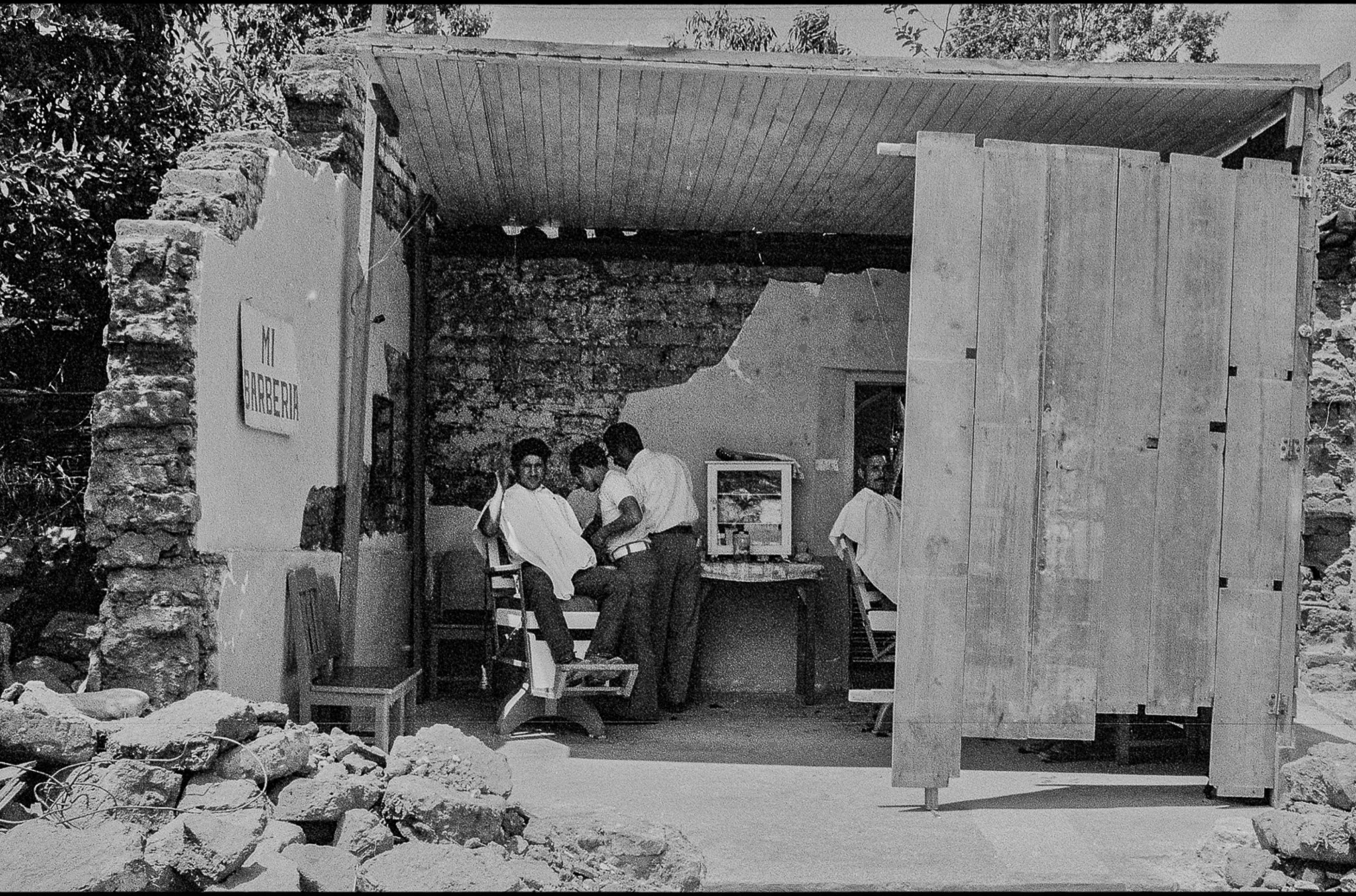 Barber post-Earthquake, Guatemala, 1976
Barber post-Earthquake, Guatemala, 1976


















